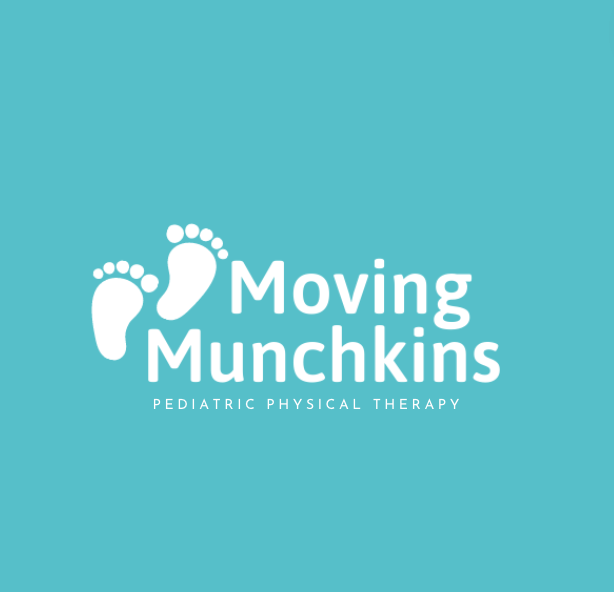A Baby's Head Shape is like a Pumpkin
It’s Halloween week! Much like the rest of you, I have been to a few pumpkin patches over the past few weeks and I could not stop thinking about how a baby’s head is so similar to a pumpkin! Let me explain…
A baby’s skull looks like one bone, but it is actually composed of multiple bones held together with fibrous bands called “sutures.” These sutures allow for rapid, significant growth of the brain, and therefore, growth of the skull. So what does this have to do with pumpkins?
In the photo above, if you only saw the photo on the right, you could probably guess the position that the pumpkin spent most of its time growing in- on its side. Excessive pressure from the ground on the side of this pumpkin caused it to have an entire side that is completely flat, meanwhile the rest of the pumpkin is perfectly round. This is exactly what can happen to a baby’s skull while in utero and in the first year of life.
If a baby spends too much time in one specific position, it can cause flattening of the skull to occur in the area that has too much pressure. Causes for too much pressure include positioning in utero, too much time spent in car seats/swings, lack of tummy time, and a preference for looking to one side (see this blog post for more info on the preference).
When there is flattening around the entire back of the head, it is called brachycephaly, and when the flat part is on the back of the head on one side, it is called plagiocephaly. Both brachycephaly and plagiocephaly can be treated in a conservative manner if detected early. The problem is that once a child reaches 12-14 months, there is very little, if any, ability to change the head shape. This is due to the sutures “closing.”
*Photo from Cranial Technologies
How do I know if my baby has brachycephaly?
Look at your baby’s head shape from the side and see if the head appears short from front to back. Also, the highest point of the head will be the back of the head on the top.
Look at the front of your baby to see if there are bumps over each ear. This is called “bossing” and is common with brachycephaly.
*Photo from Cranial Technologies
How do I know if my baby has plagiocephaly?
Look at your baby’s head shape from the top of the head. If your baby has a lot of hair, get the hair wet and comb it down to really examine the head shape.
Look for asymmetries, look for areas that might be more round than others, and look at the positioning of the ears to see if there is one that is pushed more forwards.
Look at your baby’s sweet face to see if there are asymmetries in the size of the eyes and cheeks, as these features can also be affected by plagiocephaly.
What should I do if I am concerned for my baby’s head shape?
First, find a pediatric physical therapist. You do not need a physician referral to see one! (Some insurances still function in the stone-ages and require it, so you may need to check with your insurance carrier). A pediatric physical therapist will be able to determine the cause for the flat head shape and give recommendations based on the findings.
Second, if you are concerned about your child’s head shape, you can receive a free assessment to determine the severity of head shape by Cranial Technologies. This company makes helmets for babies to reshape their skull for a more symmetrical and optimal head shape.
DO NOT WAIT to get a professional assessment by a pediatric physical therapist! The longer you wait, the longer it will take to correct. And remember, you only have until the baby is 12-14 months to make changes in the head shape!
-Keep your munchkin moving!



